Designer Karen Wolf on Managing Demand and Growth
The award-winning design entrepreneur offers tips on delegating, choosing clients and when to grow a team

Meet Karen Wolf, a multifaceted designer with experience as a fine artist, a celebrity product specialist, an entrepreneur and a traveler. With over 13 years in the design industry and experience as the owner of a booming interior design firm in the New York metropolitan area, Wolf has invaluable insight into market demands. Here she shares her thoughts on growing a team, solving logistical issues, managing projects, fostering professional relationships and staying sane through it all.
Fine Arts Fed Her Design Skills
Wolf earned a fine arts degree and studied trend forecasting, then began developing products for celebrities. Eventually she moved into marketing, but after she had kids, her creative side drew her back to school; she earned a design certificate from Parsons.
In 2009, Wolf founded Karen B Wolf Interiors, which now serves New York, New Jersey, Pennsylvania and Connecticut. The business has since grown into a team of five and has become known for its design work and business practices, winning 13 Best of Houzz awards and earning many five-star ratings.
So just how did Wolf manage to grow her business and find the right people for her team?
When and Whom to Hire
Wolf believes that when you’re ready to grow your team, it’ll be obvious. “When you’re falling behind, running around and pushing back deadlines, that’s when you know it’s time to hire,” she says. “And to decide what tasks to delegate to who.”
Wolf hires people based on dynamics rather than specific credentials. “I’m not hiring people that have five years of experience,” she says. “I’m hiring based on what I think is going to work for the dynamic of our team, and then providing as much training as we can.” For Wolf, a person who speaks the languages of both business management and design is invaluable. “My project managers are project manager-designers,” she says. “Some design firms have separate designers and project managers, so they split the job. Mine are all-in-one.”
Wolf assigns each designer one project to manage at a time, overseeing each project as principal designer and design director. “Even though a project manager may have the total assignment of one client, including the day-to-day communication with them, we still work collaboratively in my office as a team, often bouncing ideas off each other,” she says.
Relishing Relationships
Solid foundations are essential in times of tumult, including having established relationships. “When we entered this pandemic, we weren’t able to deliver anything and nobody knew what was happening. Communication became everything. Now, we’re still unable to deliver goods because they aren’t really shipping yet,” Wolf says. “Luckily, we have some very strong relationships with our vendors, who we trust and who we can easily collaborate with.”
Collaboration is especially important when creating custom items, which Wolf says is “the way to go” during the pandemic. “The lead times are just so long right now, so we’ve cut back on import items,” she says. “There’s almost no difference in price between resources coming from overseas and custom. Or you may pay a little more but you’re getting a much better and unique product.” Wolf has rolled with the punches of the pandemic, collaborating with skilled people to come up with ideas. The outcome: high-quality one-of-a-kind products that clients love.
Determining Client Criteria
New business owners often take on clients that aren’t a great fit just to keep the pipeline going. But when business is booming, you can be more selective. When Wolf’s clients began rolling in, she created new criteria for taking on projects based on her ideal client profile: someone who is design-informed but trusts the designer.
Sometimes you may even have to turn down clients based on capacity rather than criteria. How does Wolf handle this? “For clients that I really want or think would be a good fit, but we don’t have capacity right there and then, I try to see if they’ll wait for us. Or I’ll give them a time frame if they want to push the job out further,” she says. “And I’ll always do this very politely.”
Controlling Costs
Wolf stays on top of costs by reviewing her profits and losses on a regular basis, as well as factoring in variables and fluctuations. “Freight is a big [cost] issue right now, and it keeps fluctuating. It’s an erratic variable,” she says. “We are too big of a firm to look at every invoice and then create a freight list for every supplier, and then go back to that freight list and plug those freight numbers in. That’s not feasible. So I’m just increasing it across the board to cover our costs.”
Wolf says Houzz Pro helps her keep an online history of clients, their products, costs and timelines, which helps when clients return for another project. “Say somebody comes back to you 10 years from now. You can actually look things up and pick up where you left off,” she says. You could also learn and forecast trends from the repository of data.
Forecasting Demand
About the current pandemic-induced high level of demand for design services, Wolf says: “I hate to say this, but it’s not sustainable. Supply will eventually meet demand and level out again. It’s like the recession — design firms and architectural firms grew, and then they shrunk, and then they grew again.”
She points out that “right now, there are a lot of designers that have entered the market, so there is more demand, but also more designers,” adding: “I think there’ll be some survival for the fittest and [demand] will condense at some point. If you don’t have the ability to manage client expectations, control costs or source things correctly, it’s going to be more and more difficult to stay in this business.”
Outsourcing and Taking Advantage of Tech
Wolf outsources certain business tasks, focusing on what makes both financial and logistical sense. “I outsource bookkeeping, because it’s not a full-time job and it’s something that you don’t need to be in the office to do,” she says. “I outsource CAD. There is a lot of back-and-forth, but it definitely is something that can continue to work remotely.”
Wolf calls technology a “game changer” for her business. “We use at least seven digital tools, including Houzz Pro. Technology is here to support us, so use it,” she says. “I also use voice text a lot. I delegate as much as I can over voice notes while I’m driving. I also listen to podcasts, so that’s a good time to learn business knowledge on the go.”
Scalability Without Stress
Although most business owners welcome growth, it can raise questions about achieving scalability and sustainability without overwhelming stress. Wolf asks herself questions like, “To what extent do I grow my business and then scale it? How do I ensure I end up in the right spot and don’t pull back too far?” But she also reminds herself of the most important thing: “You have to love what you do. You really do. You have to constantly allow yourself to be stimulated by the industry.”
Join the conversation by commenting or asking a question below. The Houzz team reads every single comment, and we’ll get back to you by email if you need us!

Want advice delivered to your inbox?
Unlock industry insights and updates for contractors and design pros
By signing up, I agree to the Houzz Terms of Use and Privacy Policy and that Houzz may use my information to contact me about relevant content, products, and services.

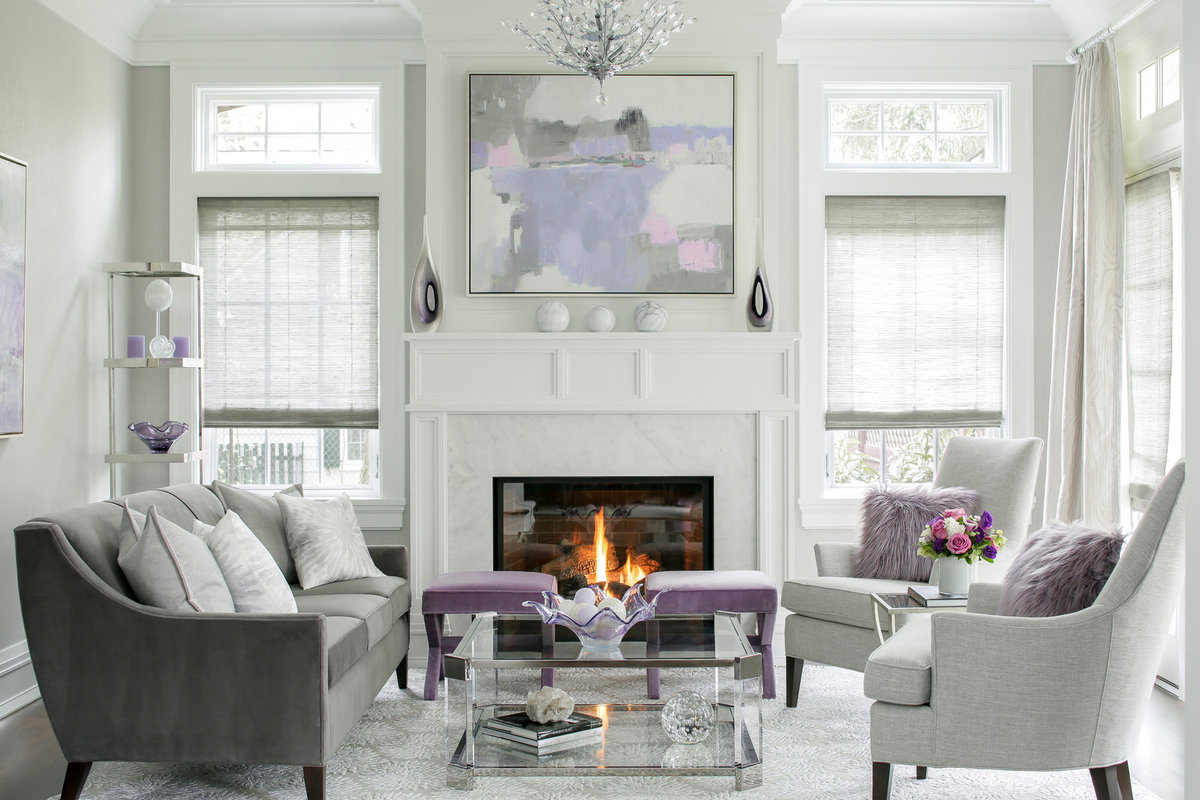
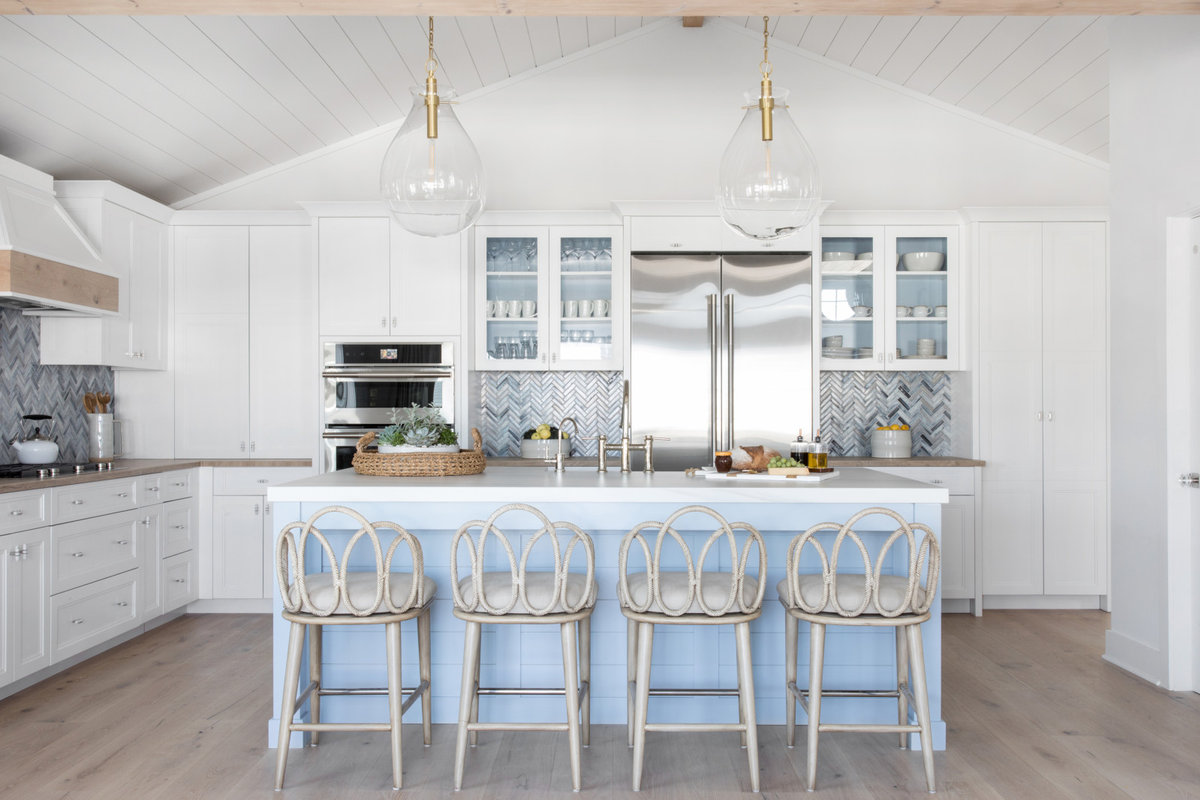
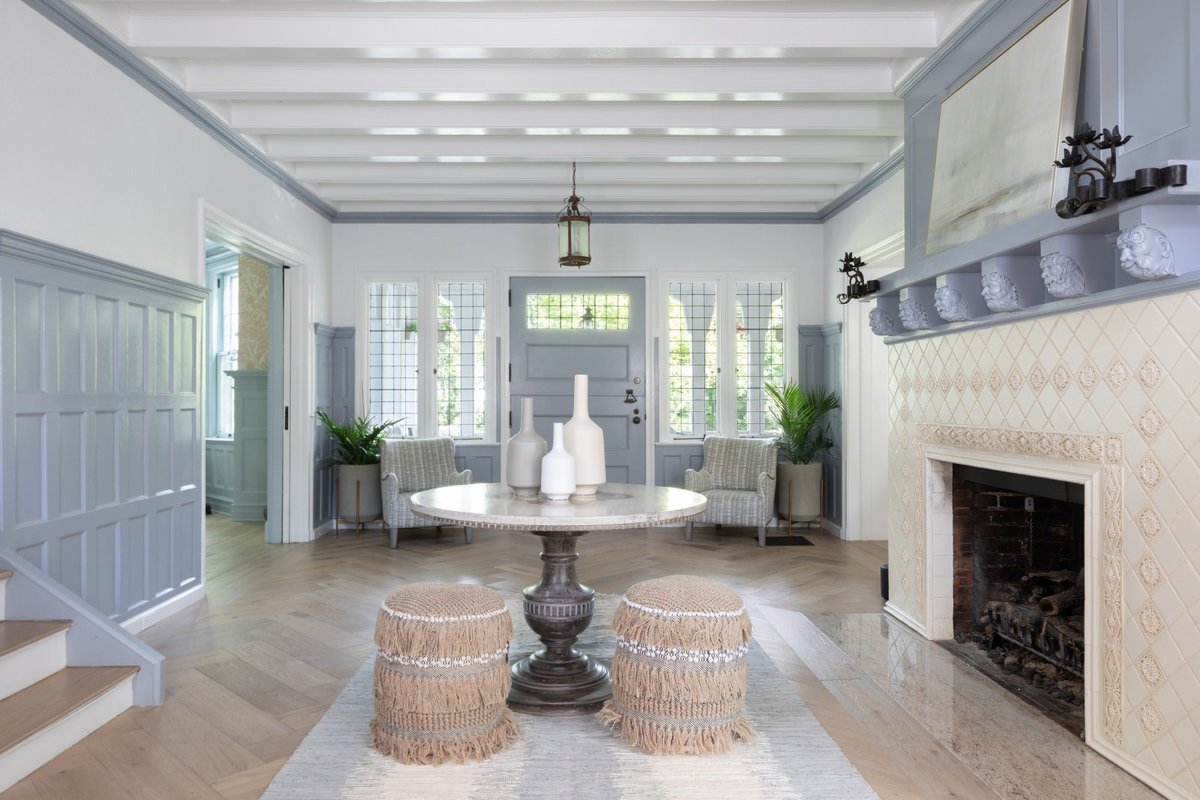
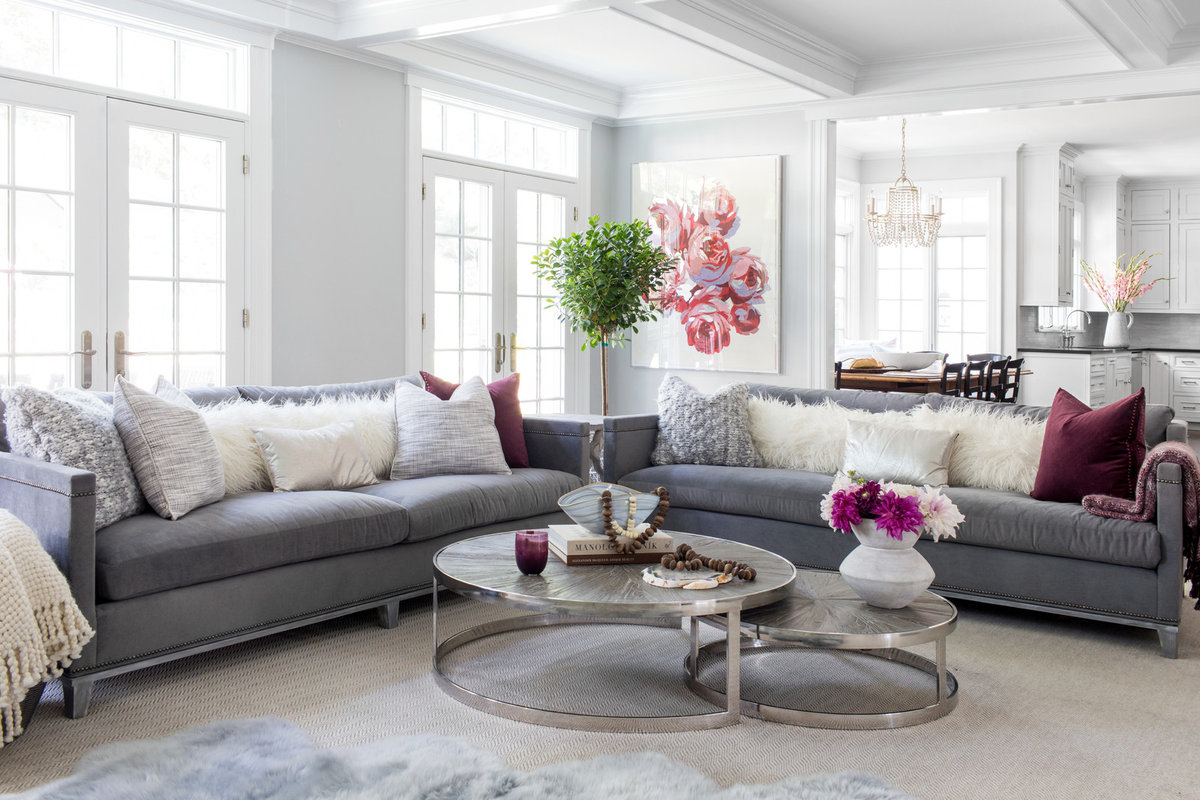
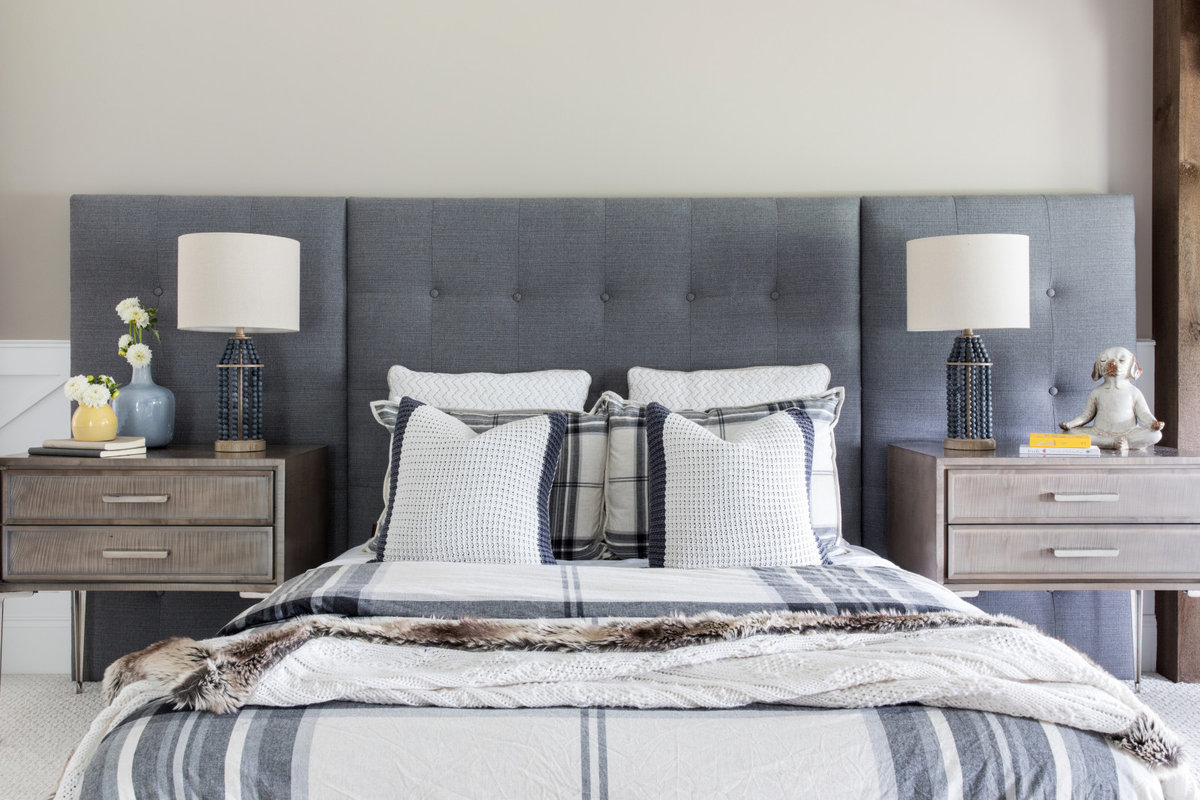
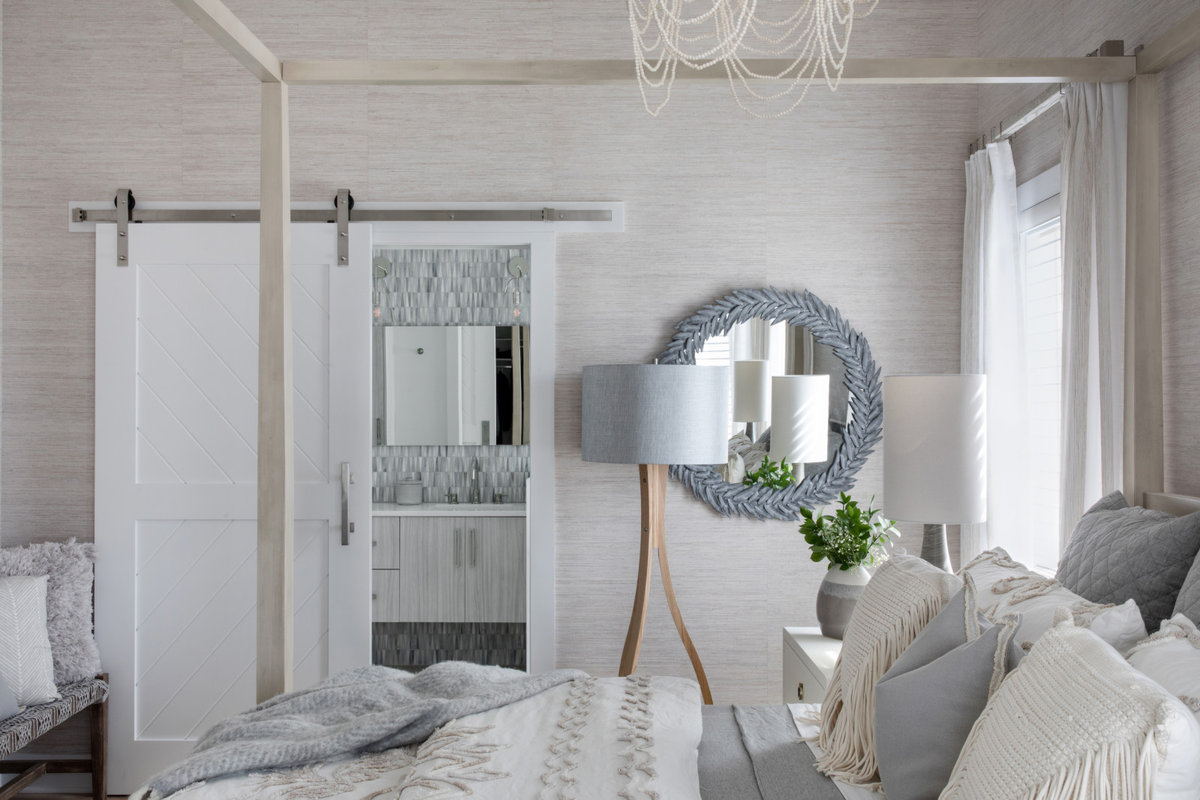
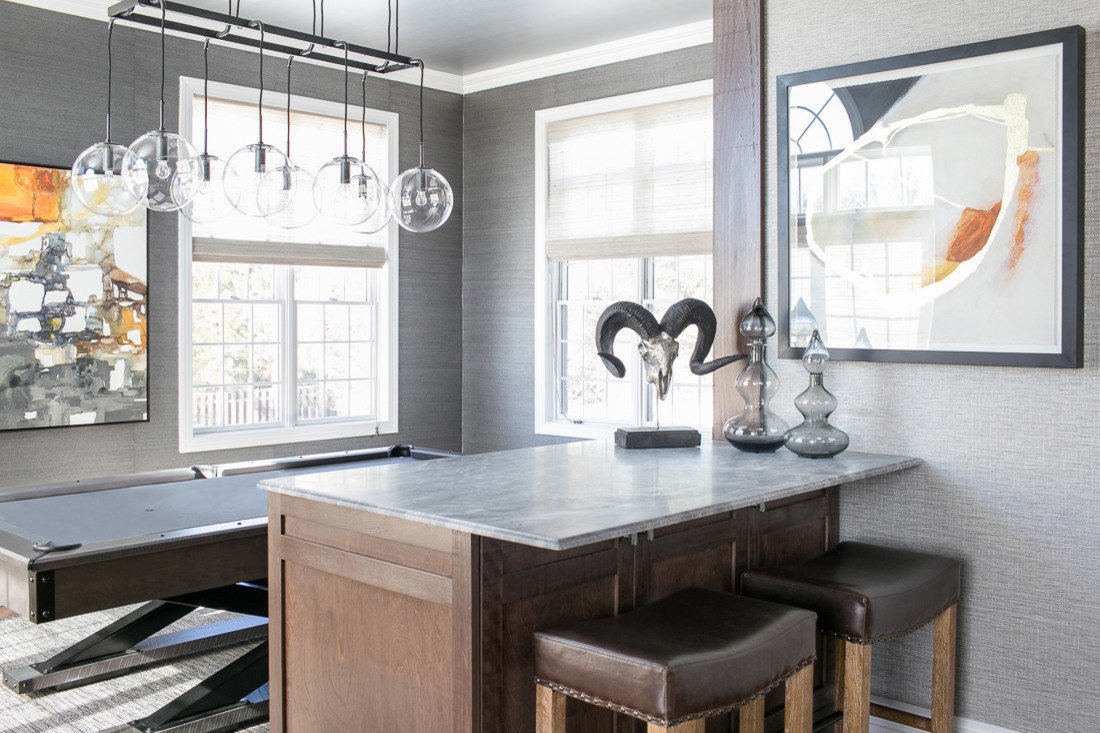
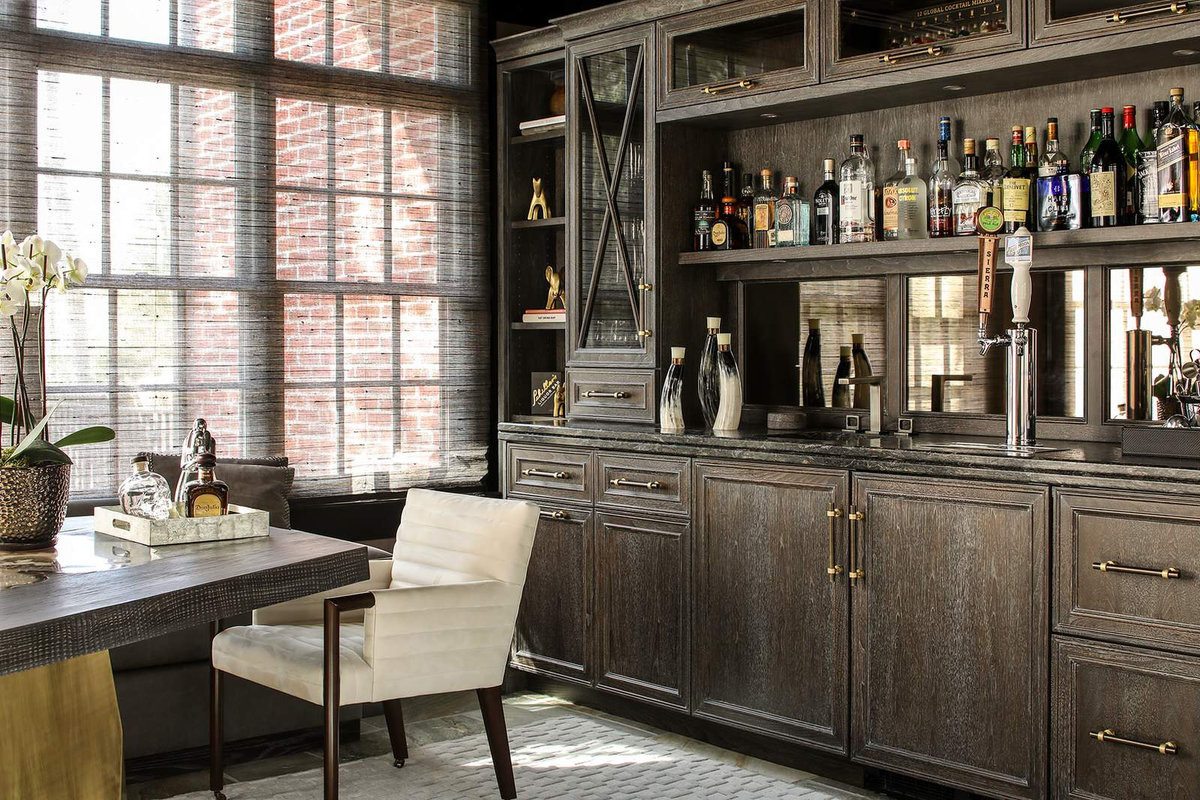


Dwell Style Interiors